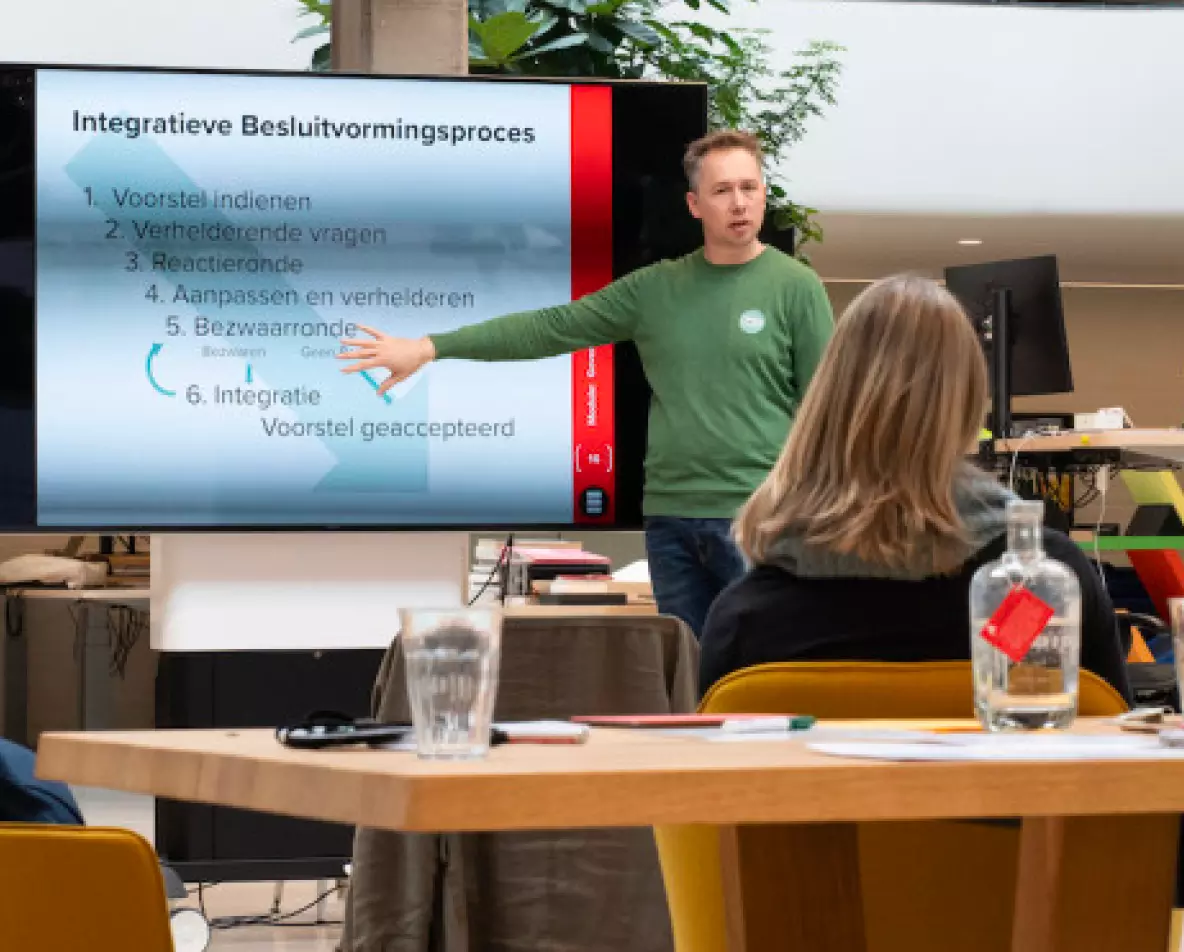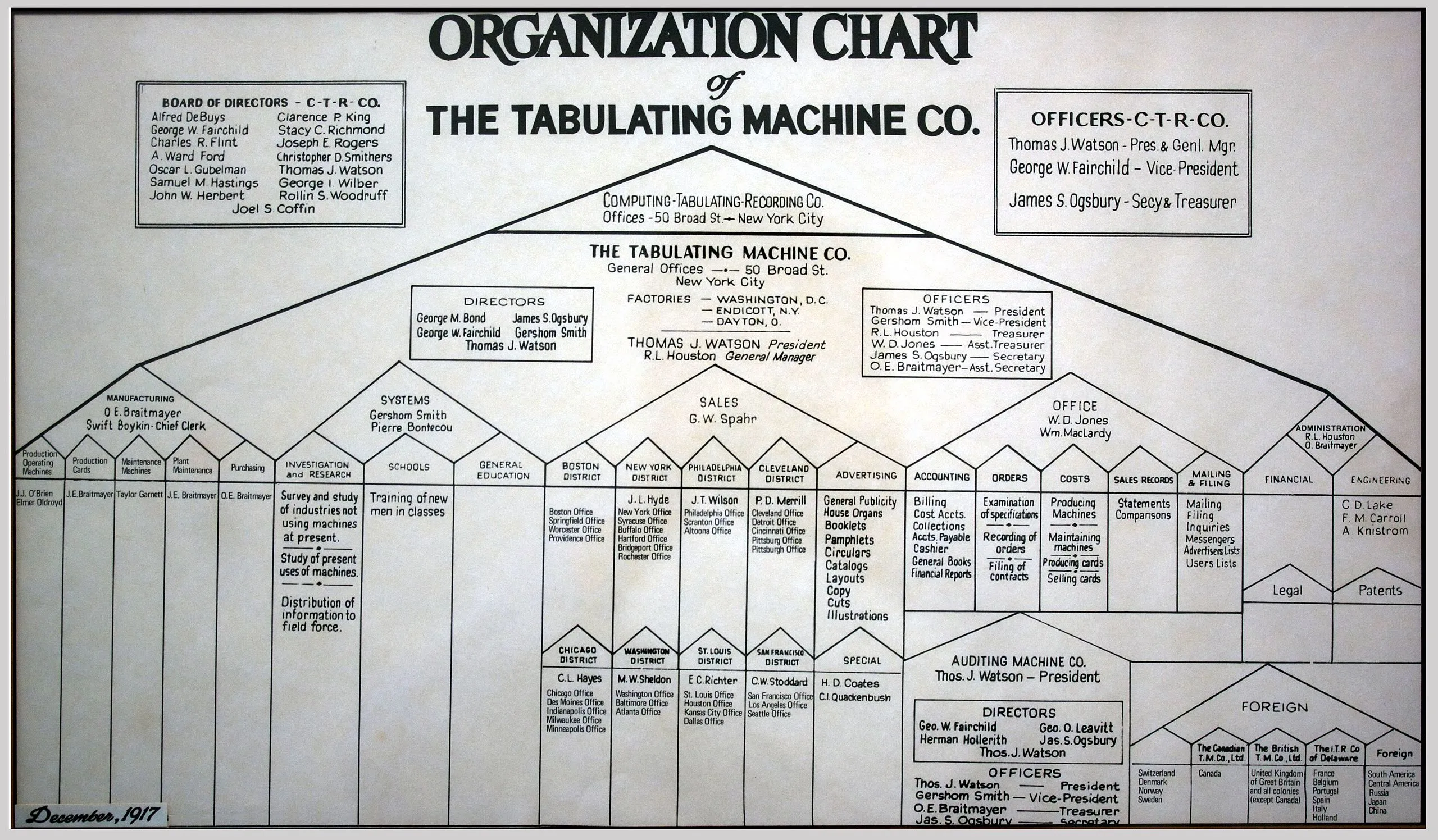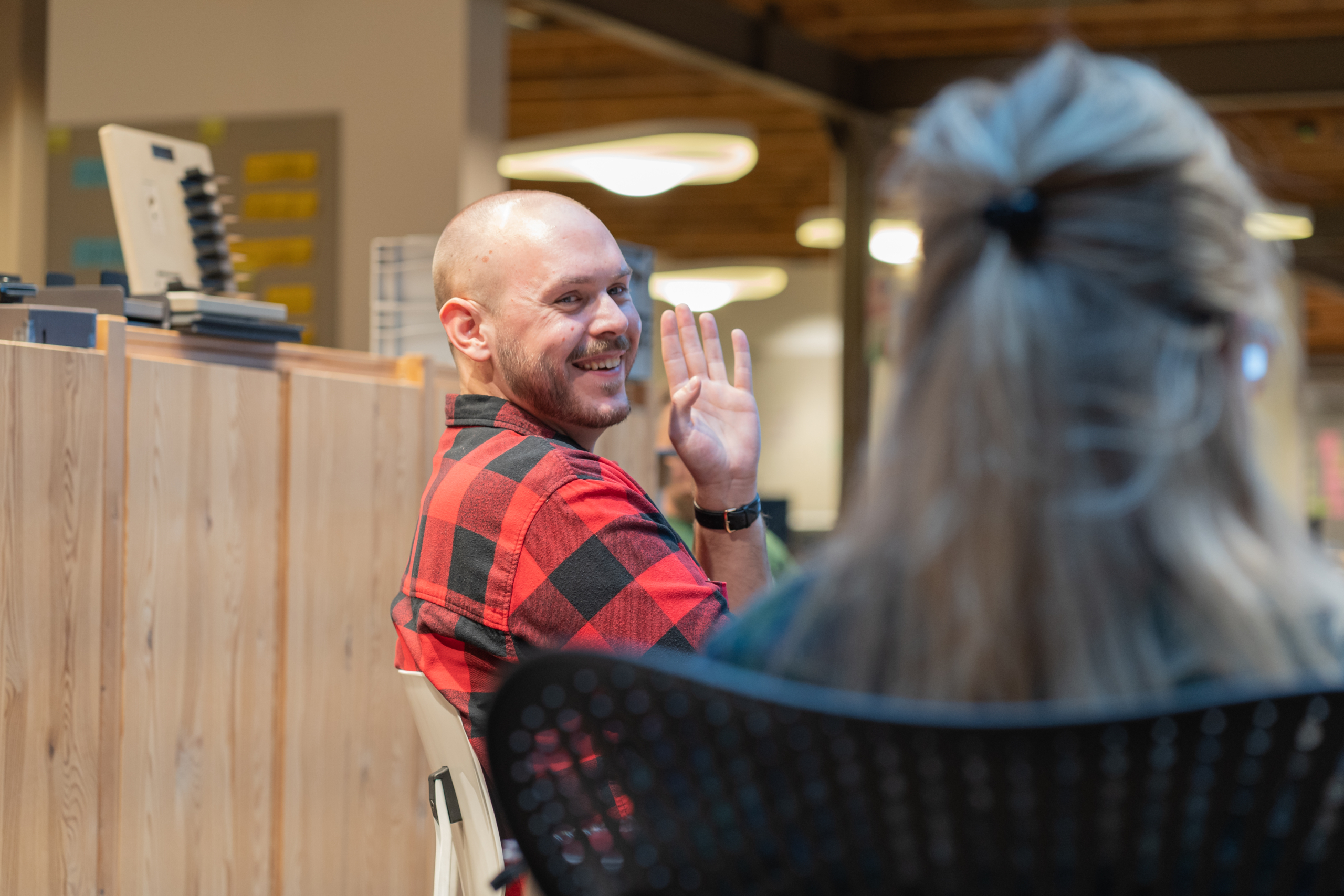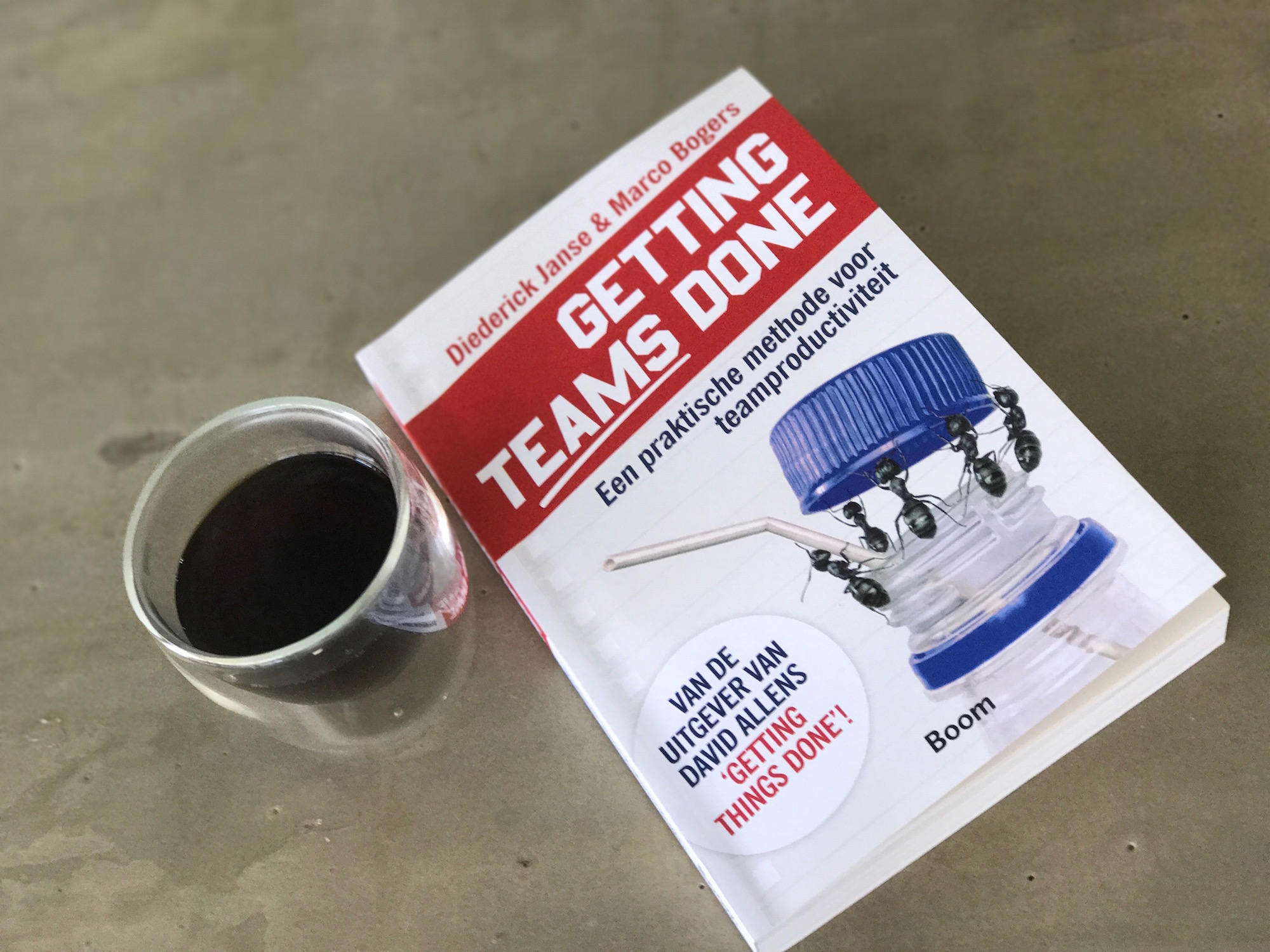Teamontwikkeling
Teams ontwikkelen zich door verschillende fasen: van moeizaam, tot heel plezierig en efficiënt samenwerken. Maar die ontwikkeling kan blijven steken of terugvallen; het is niet vanzelfsprekend dat het stadium van fijn samenwerken wordt bereikt, daarom is het de moeite waard om daar aandacht aan te besteden.
Wat is Teamontwikkeling?
Zelfs als de rollen en verantwoordelijkheden helder zijn (waar goede zelforganisatie voor zorgt), loopt de samenwerking tussen mensen soms niet lekker. Dat is heel normaal. Er is niet zoiets als gedoe-vrij werken, vroeg of laat ontstaat er altijd wrevel. Waar je als team het verschil in kan leren maken is hoe lang je erin blijft hangen. Teamontwikkeling helpt je om het gedoe sneller te herkennen en op te lossen, zodat het team zich weer kan richten op het werk.
Energized.org gebruikt voor teamontwikkeling methoden die op een sterk wetenschappelijk kader zijn gebaseerd. Het biedt praktische handvatten en tools. Het is een mooie aanvulling op zelforganisatie (bijvoorbeeld met Holacracy).
Teamontwikkeling tijdens het leren zelforganiserend werken
‘De menselijke kant blijft onderbelicht bij zelforganisatie!’ dat horen we regelmatig. En dat begrijpen we. De ervaring leert dat in elke implementatie een moment aanbreekt waarop de onderstroom zich laat gelden. Denk aan groeiende scepsis en weerstand, of gedrag dat bij hiërarchische sturing functioneel was, maar in de context van Holacracy niet meer past of zelfs belemmerend gaat werken, zoals bijvoorbeeld het vasthouden aan functies in plaats van de stap naar rollen te maken.
Meer interventies in de bovenstroom, zoals nóg eens uitleggen, zijn dan zinloos en kunnen zelfs averechts werken. Bijvoorbeeld doordat de coach of zelfs de methode als geheel aan geloofwaardigheid inboeten. Door juist dan te vertragen en aandacht te besteden aan wat er in de onderstroom leeft, ontstaat vaak een doorbraak in het veranderproces.
Scepsis en weerstand worden gezien als waardevolle stemmen in het team, die elk hun functie hebben (bijv. het stabiliseren van het team en het behouden van wat werkt). Door dit los te koppelen van personen (de “lastpakken” en “zondebokken” in elk team) wordt het bespreekbaar. Hiermee komt steevast veel energie vrij die kan worden ingezet voor de ontwikkeling van het team en de implementatie van Holacracy, in plaats van daar een rem op te vormen.
Daarom verankeren wij de implementatie graag in een teamontwikkelingstraject. Naast ons werk in de bovenstroom van structuur en spelregels, bieden we de teams handvatten om te reflecteren op hun gedrag, normen en manieren van communiceren. We brengen het huidige samenwerkingsklimaat in kaart en helpen de teams om op een systematische manier belemmerende krachten te herkennen en te verzwakken. In de vruchtbare grond die hier gecreëerd wordt, gaat het zelforganiserend werken werkelijk wortel schieten.
Verankeren van zelforganisatie
Wat wij willen bereiken door teamontwikkeling in te zetten bij zelforganisatie is dat zelforganisatie verankert in de onderstroom van gedrag en communicatie. Dat leidt ertoe dat mensen hun eigenaarschap volledig nemen over de doelen van de cirkel en van hun rollen, bijvoorbeeld door zelfstandig besluiten te nemen.
Het team communiceert op een gelijkwaardige, volwassen manier en waar men vervalt in oude patronen wordt dat opgemerkt en bespreekbaar gemaakt. Spanningen en frustraties worden niet persoonlijk genomen, maar constructief ingezet voor de doelen van de rol, de cirkel en de organisatie.
Praktisch over Teamontwikkeling
Dit gereedshap voor teamontwikkeling bestaat uit veel snelle interventies die je tijdens het werken kunt inzetten. Je hoeft dus geen weken op de hei te zitten om je team verder te brengen.
Je kunt ermee beginnen met je hele organisatie, of in één van de teams. Als de samenwerking beter loopt in jouw team, heeft dat een positief effect op de andere teams met wie je samenwerkt.
Voorwaarden om met teamontwikkeling aan de slag te gaan
Wij geloven in de waarde van teamontwikkeling voor, tijdens en na de stap naar zelforganisatie. Wat daarvoor nodig is, is de bereidheid om de teamdynamiek te onderzoeken en te experimenteren met nieuw gedrag en natuurlijk tijd voor teamoverleggen.
Teamsessies: een traject voor teamontwikkeling

Onze benadering biedt concrete handvatten om de fase van teamontwikkeling in kaart te brengen en om op systematische wijze te werken aan gedrag en manieren van communiceren die een cultuur van eigenaarschap versterken.
Tijdens de teamsessies wordt het team zich bewust van hoe hun huidige gedrag en communicatie de ontwikkeling van zelforganisatie belemmeren. We brengen dit in kaart en oefenen systematisch met nieuw gedrag en nieuwe manieren van communiceren die zelforganisatie bevorderen. Gedurende het teamontwikkeltraject slaan we steeds meer de brug tussen de opgedane inzichten en vaardigheden uit het teamoverleg en het werkoverleg, het roloverleg en het dagelijkse werk.
Doorleefde ervaring
We doen bij Energized onze eigen teamontwikkeling op deze manier. Ween kunnen je dus helpen vanuit onze eigen doorleefde ervaring.
Benut verschillen
Iedereen kijkt anders naar de wereld. Is dat een probleem of is dat juist een kracht? Leer deze tools gebruiken om de kracht van deze diversiteit te benutten.
Zie je eigen rol
Krijg zicht op je eigen bijdrage en rol in het team. Een belangrijk aspect van jouw persoonlijke ontwikkeling.
De mens in zelforganisatie
Ruimte en aandacht door de mensen zelf voor de dynamiek tussen mensen. Aanvullend op zelforganisatie waarbij er vaak alleen aandacht is voor werk tussen rollen .
Energie voor het werk
Door regelmatig tijd te nemen voor een sterk menselijke systeem is de energie voor het werk snel weer terug.
Gericht op zelf kunnen
Leer de fase van ontwikkeling van jouw team zelf herkennen en daarin zelf met passend gedrag en communicatie een positief verschil te maken.
Populaire blogs
Veelgestelde vragen
We kunnen ons voorstellen dat je vragen hebt over Teamontwikkeling. Je kunt altijd contact met ons opnemen, zodat we je zelf meer hierover kunnen vertellen.
Wat is de samenhang tussen teamontwikkeling en Holacracy?
Teamontwikkeling en Holacracy hebben allebei te maken met de manier waarop teams en organisaties functioneren, maar ze hebben een andere focus.
Teamontwikkeling gaat vooral over de ‘onderstroom’. Teamontwikkeling is een proces waarbij een groep individuen samenwerkt en evolueert om effectiever te worden als een team. Dit omvat vaak verschillende fasen, zoals het opbouwen van vertrouwen, het omgaan met conflicten, het stellen van doelen en het behalen van resultaten.
Holacracy gaat vooral over de ‘bovenstroom’ en is meer gericht op het werk zelf organiseren. In een holacratische structuur worden taken en verantwoordelijkheden verdeeld in zelfsturende teams, bekend als cirkels. Elke cirkel heeft de autonomie om beslissingen te nemen binnen zijn eigen domein, en er zijn gestandaardiseerde processen voor overleg en besluitvorming.
Teamontwikkeling kan helpen bij het opbouwen van de nodige vaardigheden en relaties om effectief samen te werken in een zelfsturende omgeving zoals Holacracy. Teamontwikkeling legt vaak de nadruk op effectieve communicatie en samenwerking binnen teams. In een holacratische structuur zijn deze vaardigheden cruciaal, omdat beslissingen gedecentraliseerd zijn en afhankelijk zijn van de communicatie tussen verschillende cirkels. Teamontwikkeling kan teams helpen zich aan te passen aan nieuwe structuren en werkwijzen.
Het succesvol implementeren van Holacracy vereist vaak een goede teamontwikkeling, omdat zelfsturing en autonomie effectief moeten worden beheerd door goed functionerende teams. Samen kunnen ze een organisatiecultuur bevorderen die zich kenmerkt door samenwerking, communicatie en aanpassingsvermogen.
Hoe draagt teamontwikkeling bij aan een cultuur van eigenaarschap?
Teamontwikkeling draagt bij aan een cultuur van eigenaarschap op verschillende manieren.
Meer onderling vertrouwen:
Teamontwikkeling richt zich vaak op het opbouwen van vertrouwen tussen teamleden. Vertrouwen is essentieel voor het ontwikkelen van een cultuur van eigenaarschap omdat teamleden zich pas volledig verantwoordelijk voelen voor de resultaten als ze erop kunnen vertrouwen dat hun collega’s ook betrokken zijn en hun bijdragen serieus nemen.
Duidelijke communicatie:
Teamontwikkeling helpt bij het verbeteren van communicatie binnen het team. Duidelijke en open communicatie is belangrijk voor het creëren van een cultuur van eigenaarschap, omdat teamleden moeten begrijpen hoe hun acties bijdragen aan de gezamenlijke doelen en welke verwachtingen er zijn.
Inzicht in het grotere geheel:
Teamontwikkeling stimuleert het vermogen om jezelf niet als een los individu te zijn, maar als een onderdeel van het grotere geheel. Dit helpt bij het gericht en effectief kunnen opnemen van eigenaarschap, omdat je inzicht hebt in hoe jouw specifieke rollen of taken bijdragen aan het grotere geheel.
Waardering voor diversiteit:
Teamontwikkeling helpt bij het waarderen van de diversiteit van vaardigheden, ervaringen en perspectieven binnen het team. Wanneer teamleden de unieke bijdragen van elk individu erkennen, ontstaat er een gevoel van eigenaarschap over de gezamenlijke inspanningen.
Ondersteuning en feedback:
Een cultuur van eigenaarschap vereist een omgeving waarin teamleden elkaar ondersteunen en constructieve feedback geven. Teamontwikkeling kan de vaardigheden bevorderen die nodig zijn om effectieve ondersteuning te bieden en op een constructieve manier feedback te geven en te ontvangen.
Wat zijn redenen waarom je met teamontwikkeling aan de slag zou gaan?
Ondersteuning van een cultuur van eigenaarschap:
Om de implementatie van Holacracy of andere vormen van zelforganisatie te laten slagen, helpt het enorm om ook aandacht te hebben voor teamontwikkeling. Met teamontwikkeling train je de vaardigheden die behulpzaam zijn voor zelforganisatie zoals onder andere inzicht in het grotere geheel, duidelijke communicatie en onderling vertrouwen.
Conflictoplossing:
Teams kunnen soms te maken krijgen met interne conflicten. Teamontwikkeling biedt methoden en technieken om deze conflicten te begrijpen, aan te pakken en op te lossen, waardoor een positieve werkomgeving wordt bevorderd.
Verbetert communicatievaardigheden:
Slechte communicatie kan leiden tot misverstanden en conflicten. Teamontwikkeling kan zich richten op het verbeteren van de communicatievaardigheden van teamleden, waardoor de effectiviteit van de communicatie wordt vergroot.
Versterkt leiderschap:
Teamontwikkeling kan ook gericht zijn op het ontwikkelen van leiderschapsvaardigheden binnen het team. Dit kan helpen bij het identificeren en ontwikkelen van leiderschapspotentieel in ieder individu. Dit is behulpzaam op het moment dat je geen traditionele hiëarchie meer hebt, maar leiderschap en eigenaarschap door de gehele organisatie verwacht.
Aanpakken van veranderingen:
In tijden van verandering, zoals herstructureringen, nieuwe projecten of fusies, kan teamontwikkeling helpen bij het begeleiden van het team door deze veranderingen. Het helpt het team zich aan te passen aan nieuwe omstandigheden en effectief te blijven functioneren.
Verbeteren van de werksfeer:
Een positieve werksfeer draagt bij aan het welzijn van de teamleden en hun betrokkenheid bij het werk. Teamontwikkeling kan bijdragen aan een positieve en ondersteunende werkomgeving.
Wat betekent Systems-Centered Training (SCT)® eigenlijk?
Met SCT leer je menselijke dynamiek begrijpen en beïnvloeden, waarbij het accent ligt op de relatie tussen individuen en hun omgeving. Deze methode, gebaseerd op de ‘Theorie van de Levende Menselijke Systemen’ door Dr. Yvonne Agazarian, biedt praktische handvatten voor zowel persoonlijke als groepsontwikkeling in diverse contexten, van individuen en teams tot organisaties.
Deelnemers leren hun bijdrage af te stemmen op de groep en ook het collectieve belang te zien. SCT is ervaringsgericht en richt zich op het verkennen van het nu, waarbij deelnemers onderscheid leren maken tussen verstandelijk begrijpen en emotioneel bevatten. Dit bevordert zowel persoonlijke als groepsontwikkeling.
De kernmethode, ‘Functioneel subgroepen’, bevordert verbindende communicatie door verschillende perspectieven te verkennen en op elkaar voort te bouwen. Deelnemers werken in subgroepen die elk een aspect van de zaak onderzoeken, terwijl andere subgroepen luisteren. Dit staat in contrast met dagelijkse interacties waar men vaak vastloopt in meningsverschillen.
Wat is bovenstroom en wat is onderstroom?
Bovenstroom:
Definitie: De bovenstroom verwijst naar de zichtbare en meetbare aspecten van interactie en samenwerking binnen een groep. Dit omvat formele structuren, procedures, doelen, rollen, taken en andere tastbare elementen die duidelijk waarneembaar zijn.
Kenmerken: Bovenstroomaspecten zijn vaak expliciet en gemakkelijk bespreekbaar. Het zijn de officiële regels, procedures en doelen die in een organisatie zijn vastgesteld. De bovenstroom is vaak gericht op de rationele, zakelijke kant van de samenwerking.
Tools: Holacracy omschrijft bijvoorbeeld heel precies hoe de bovenstroom georganiseerd wordt.
Onderstroom:
Definitie: De onderstroom verwijst naar de onzichtbare, impliciete aspecten van groepsdynamiek. Dit omvat emoties, onuitgesproken normen, verborgen agenda’s, persoonlijke overtuigingen, conflicten en andere niet direct waarneembare factoren die van invloed zijn op de samenwerking.
Kenmerken: Onderstroomaspecten zijn vaak impliciet en verborgen. Ze kunnen diepgeworteld zijn in de cultuur van een team of organisatie en beïnvloeden de interacties op een meer onbewust niveau. Emoties, loyaliteit en onuitgesproken verwachtingen maken deel uit van de onderstroom.
Tools: Teamontwikkeling biedt verschillende werkvormen en tools om de onderstroom bespreekbaar te maken en ermee te kunnen werken.
Hoe lang duurt een teamontwikkeltraject in jullie ervaring?
Gemiddeld genomen kunnen teamontwikkeltrajecten enkele maanden tot een jaar beslaan. Kortere trajecten kunnen geschikt zijn voor specifieke interventies of gerichte verbeteringen, terwijl langere trajecten mogelijk zijn wanneer er diepgaande veranderingen in teamdynamiek, communicatie en samenwerking gewenst zijn.
Klaar om je verder te verdiepen?
Ontgrendel een heleboel kennis! We hebben talloze blogs, artikelen, handleidingen en zelfs een boek voor jou! Of je nu je eerste stappen zet of de diepte in wil duiken, hier vind je wat je zoekt.
Je bent in goed gezelschap
De afgelopen 15 jaar hebben we met meer dan 150 organisaties gebouwd aan een cultuur van eigenaarschap. Dit zijn er een paar die je misschien kent:






Stuur ons een bericht
Je kunt onderstaand formulier invullen of bel even naar 085-1301795.







